How to Manage Your Lawn in Saskatoon
Reading time: 6 minutesThere’s something special about stepping outside to a lush, vibrant lawn. It’s not just grass under your feet; it’s seeing the fruits of your labour.
Yes, it takes some hard work to maintain a lawn in Saskatoon. The unique environmental challenges certainly don’t make things easy.
Well, we’ve got good news for you. Today, we’re walking you through the essentials of nurturing a healthy lawn tailored for Saskatoon’s distinct climate.
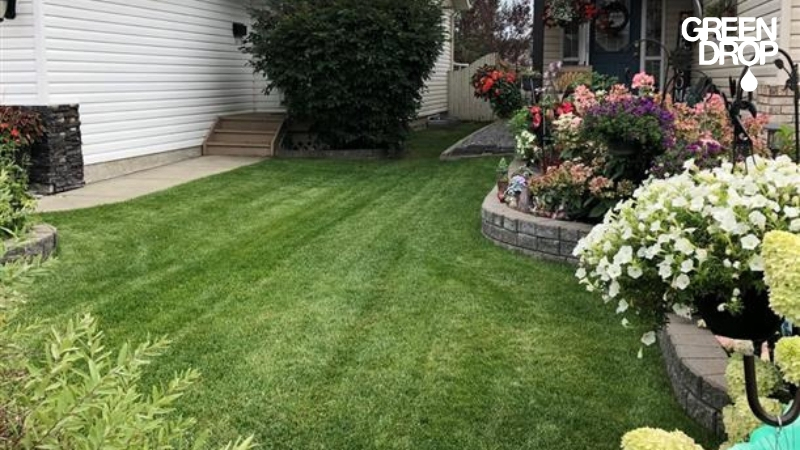
Aeration, Overseeding & Choosing the Best Seed Mix
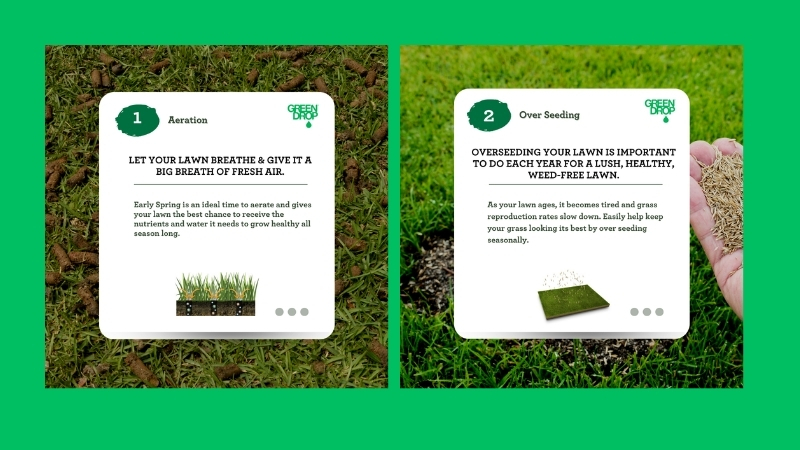
Lawn aeration is a game-changer in lawn care. It involves perforating the soil with small holes to allow air, water, and nutrients to penetrate down to the grassroots. This process helps eliminate soil compaction, a common issue hindering root expansion.
Aeration breaks up compacted soil and encourages deeper root growth, enhancing your lawn's resilience and ability to absorb water and nutrients more effectively.
Thatch removal is another crucial step in lawn management. Thatch is the layer of dead grass and organic matter that sits on the soil surface.
Don’t let the thatch grow thicker than ½ inches. If it starts to build up, you can manage thatch through regular hand raking or using a specialized dethatching tool for more excessive amounts. Removing the excess ensures water and nutrients can reach the soil, preventing moisture-related diseases.
Before you overseed, we always recommend aerating your lawn. Saskatoon’s climate can test the hardiest of plants, so selecting the right grass seed mix is crucial for a lawn that not only survives but thrives. A mix tailored to local conditions ensures your lawn is resilient, disease-resistant, and lush.
A blend of Kentucky Bluegrass, Red Fescue, and Perennial Ryegrass offers a robust, vibrant turf that can withstand regular use and is most aesthetically pleasing in a residential lawn.
Alternatively, dryland lawns can benefit from a hardier mix, including Canada Bluegrass, Sheep's Fescue, and a touch of Kentucky Bluegrass, among others. These types are designed to withstand the challenges of less frequent maintenance.
Master Mowing
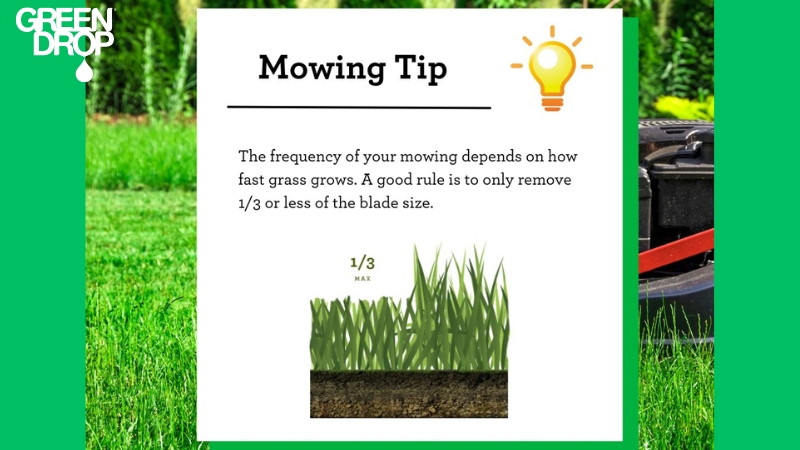
Mowing isn't just about keeping your lawn well-trimmed; it significantly contributes to the health of your grass. A golden rule is not to remove more than one-third of the grass blade in a single mow. Cutting excessively can impact the grass, weakening its defence against pests, diseases, and weather.
The frequency and height of your mowing should be tailored to your grass type and the season. Cool-season grasses, prevalent in Saskatoon, generally require more frequent mowing in the cooler months of spring and fall. This is when they’re actively growing.
During the hot summer months, let your grass grow a bit taller. This helps retain soil moisture and shade the ground, reducing weed germination.
Adjust your mower height according to your grass type. For instance, Kentucky Bluegrass fares best when kept at about 2.5 to 3 inches, which helps it develop a deeper root system and withstand drought better.
By fine-tuning your mowing strategy to these nuances, you're not just cutting grass—you're crafting a thriving, resilient lawn that's a joy to behold.
Fertilizing Fundamentals
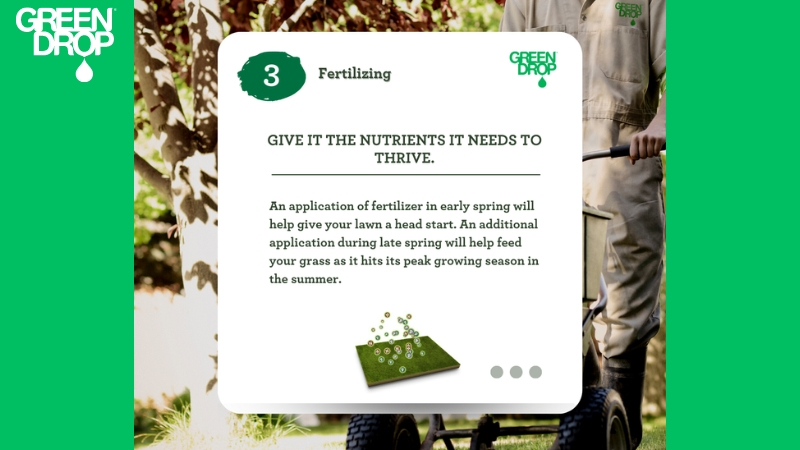
Fertilizing at the right times with the appropriate types of fertilizer is key to making your lawn more resistant to diseases and less inviting to weeds. In Saskatoon, the optimal fertilization times are early and late spring and early fall. This schedule ensures your lawn receives the nutrients it needs when it needs them most for growth and recovery.
Late spring, around the beginning of May, kick off with a balanced fertilizer to awaken your lawn from winter dormancy and fuel its spring growth spurt. As summer peaks, apply a nitrogen-rich fertilizer to maintain its vigour and colour. Make sure to maintain your lawn and feed it correctly throughout the entire growing season. Then, an early fall application of the same high-nitrogen fertilizer will help your lawn prepare for the winter ahead.
Timely lawn fertilization plays a crucial role in preventing lawn diseases and weed infestation. A well-fed lawn grows thick and robust, crowding out potential weeds and creating an unfavourable environment for diseases to take hold.
Watering Wisdom
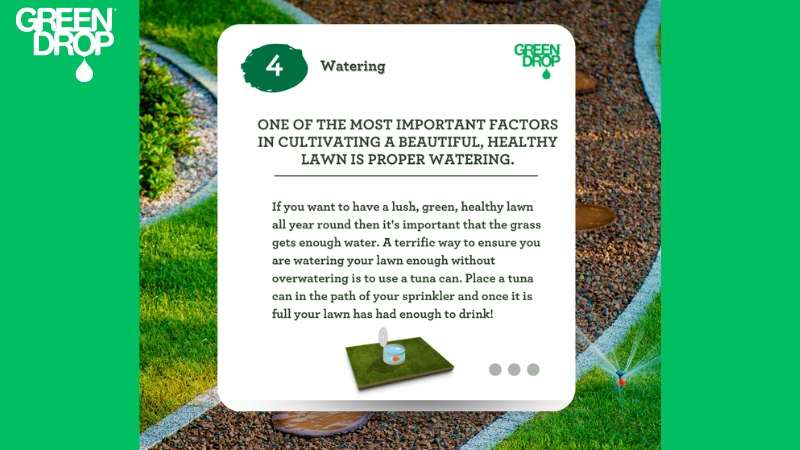
Deep, infrequent watering encourages grass roots to grow deeper into the soil. This fosters a stronger, more resilient root system and enhances your lawn's drought tolerance, a crucial trait for Saskatoon's climate.
Watering less frequently but more thoroughly teaches your lawn to be more self-sufficient. You reduce its dependency on regular watering, making it better equipped to handle dry spells.
The ideal watering regimen for Saskatoon lawns involves providing at least 2.5cm (1 inch) of water per week, either from rainfall or manual watering. To check if you're watering enough, place a small container on the lawn to measure the water depth during your watering session.
Aim for early morning watering to reduce evaporation and ensure the water penetrates deeply into the soil. During particularly hot or dry periods, adjust your watering frequency to maintain moisture without over-saturating the soil. Always strive for that balance that promotes deep root growth and a healthy lawn.
Guarding Against Green Griefs

Diseases like Snow Mould and Powdery Mildew are common in Saskatoon.
Snow Mould thrives under the cover of melting snow, presenting as irregular greyish patches that can delay spring green-up. Prevention starts in the fall. Minimise water and fertilizer, mow, and clear leaves as winter approaches to discourage moisture retention.
Powdery Mildew favours cool and humid conditions, often targeting shaded areas. It presents as a grey-white cloak on your grass. Enhancing air circulation, reducing shade, and selecting mildew-resistant grass types are effective strategies against it.
Weed Control
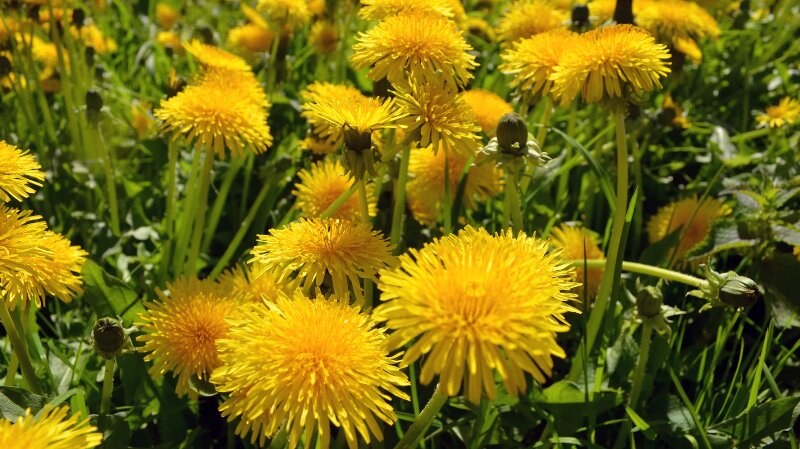
Weed control is all about maintaining a balance between proactive and reactive controls. You want an integrated solution that combines cultural, mechanical, and herbicide use tailored to your lawn's specific needs and lifecycle stages.
Cultural weed control includes proper mowing, watering, and fertilizing. Mechanical includes regular hand-pulling of weeds and strategic use of landscape. Other interventions include selective, eco-friendly herbicides that target weeds without damaging your lawn and plants.
Remember, the healthiest lawns are often the best defence against both diseases and weeds, requiring a commitment to regular care and observation.
Keeping Pests in Check

In Saskatoon, a lush lawn can sometimes attract unwelcome guests like Sod Webworms and Chinch Bugs. These pests feast on grass roots and blades, causing patches of damage that can escalate if unchecked.
Preventing these invasions involves maintaining robust lawn health through proper watering, fertilization, and aeration. For existing infestations, biological controls, such as introducing beneficial nematodes, can target and reduce pest populations without harming the lawn.
Beneficial organisms, including earthworms, play a pivotal role in your lawn's ecosystem. Earthworms naturally aerate the soil, encouraging water and nutrient penetration. In addition, their castings enrich the soil.
Encouraging a healthy population of these allies can naturally curb pest populations and contribute to the overall vitality of your green space.
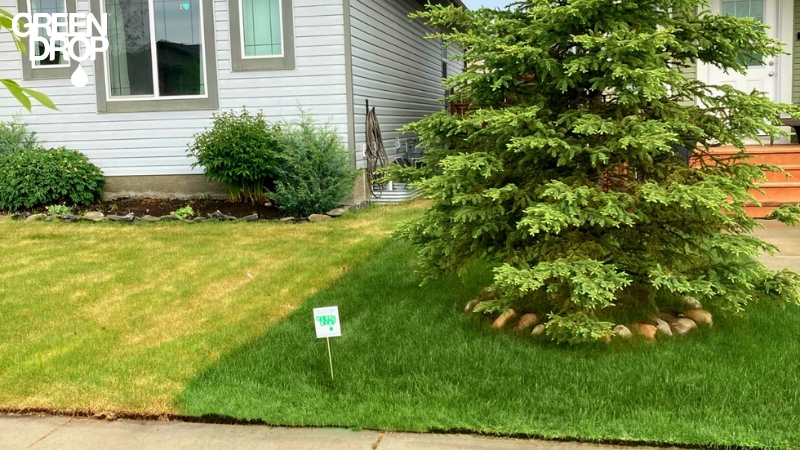
Green Up with Green Drop
With the right care, a lush Saskatoon lawn is achievable. And it’s even easier with the help of our GreenKeepers.
Our comprehensive lawn care packages are designed to meet all your lawn’s unique needs, be it aeration, overseeding, weed control, pest management, and more. Let our team do the heavy lifting so that you can enjoy a vibrant, healthy outdoor space.
Ready for the lawn of your dreams? Book your package now and discover how our Saskatoon GreenKeepers can make your green aspirations a reality.

